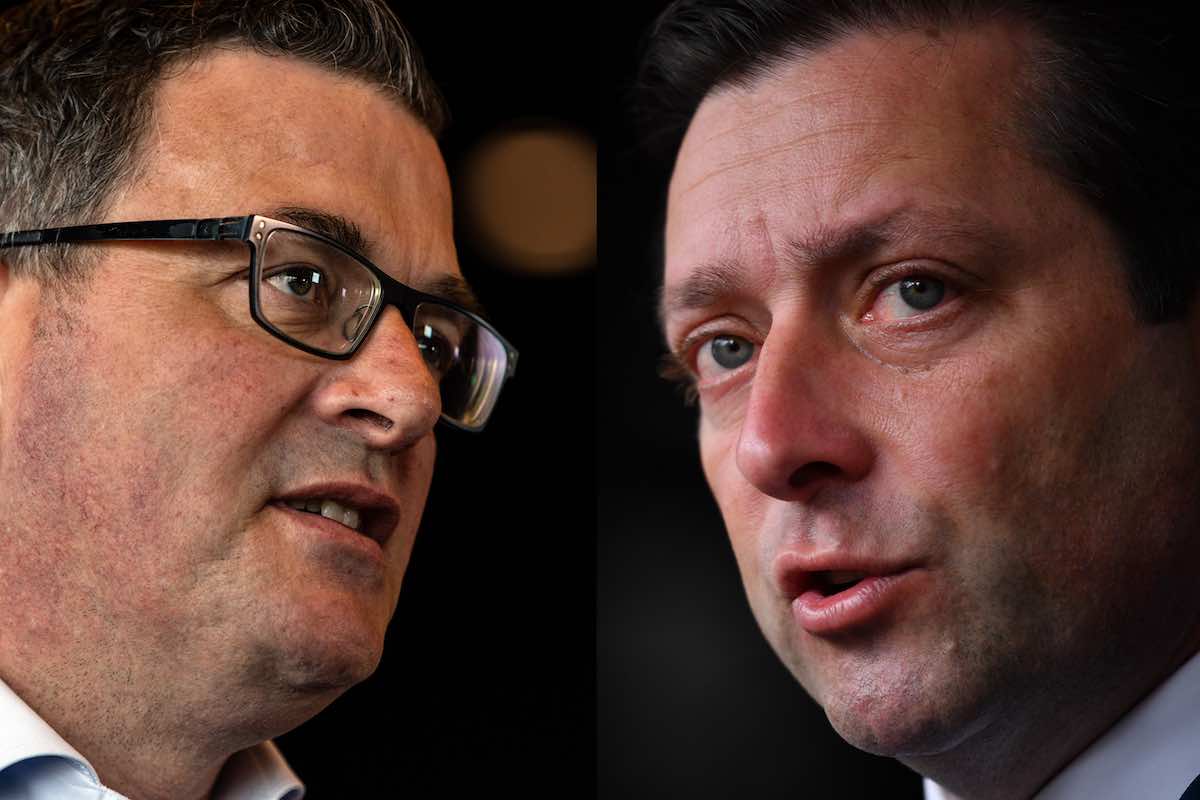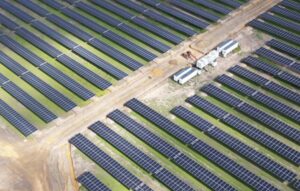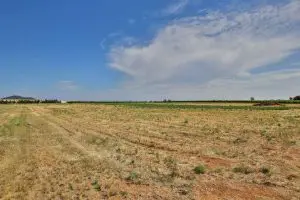When it comes to climate and energy, the Victorian election looks like a referendum on fossil fuels versus deflationary renewables plus global leadership on the climate science.
Given the horrific floods smashing Victoria’s northern neighbours right now, and the fossil fuel hyper-inflation smashing everyone except war-profiteering fossil fuel exporters, my position is clear: electrify everything; unlock as much new zero emissions generation capacity as fast as possible, leveraging state tenders and the proposed new State Electricity Commission; plus enshrine a world leading ambition to drive decarbonisation and permanent deflation, unleashing a wave of new investment and employment opportunities.
The Coalition leader Matthew Guy’s campaign strategy to “turbo-charge gas production” relies on the fossil fuel industry that induced this domestic energy crisis that is smashing us right now.
Any new gas resulting will be years away from arriving, and reserving it for domestic use in the distant future will do nothing for the cost to consumers, given the export parity pricing structure that exists while ever there is excess LNG export capacity at Gladstone.
That horse has bolted. Victoria needed a domestic gas reservation implemented concurrent with when Western Australia moved 15 years ago; 2022 is looking decidedly too late. This idea will fail as swiftly as AGL’s strategically flawed Crib Point LNG re-importation terminal did, with a similar massive loss of capital also eventuating.
A full review of the respective energy policies of the three main parties is available here.
If re-elected, the Daniel Andrews government has set up a series of ambitious new climate and energy policies that will put Victoria in a world-leading position of 95% renewables and a wider 80% emissions reduction by 2035, driving sustainably lower electricity prices, gas substitution and decarbonisation.
By comparison, the LNP is a less ambitious emissions reduction target of 50% by 2030, with no announced policies to deliver on this.
Laying the foundations
Victoria took centre stage in the Albanese government’s October 2022 announcement of the $20 billion Rewiring the Nation program to accelerate modernisation and reconfiguration of the National Electricity Market. This involved the Marinus Link subsea cable across Bass Strait, coupled with the VNI West Vic-NSW transmission project. Marinus Link will facilitate Hydro Tasmania’s Battery of the Nation, providing the critically needed long-dated storage to balance the intermittency of renewables.
This facilitating investment in grid transmission lays the foundations for the crowding in of up to $55 billion of new largely private investment in firmed renewables capacity in Victoria, as modelled by PwC. This will drive tens of thousands of new high-value direct jobs.
The CSIRO GenCost 2022 report makes abundantly clear that the lowest cost source of new generation is wind and solar. Grid modernisation and a significant expansion of storage are both required to balance renewables. This is imperative given the world leading ambition of the Daniel Andrew’s government target of 95% by 2035, building on the 34% renewables penetration delivered in 2022 (a doubling from 16% in 2017).
An obvious solution to energy security and inflation
Even as large parts of eastern Australia are being yet again devastated by unprecedented flooding driving $5 billion of destruction, this huge investment in zero emissions capacity is also being accelerated by Putin’s failing invasion of Ukraine.
The associated hyper-fossil fuel cost of living inflation makes new domestic zero emissions capacity the obvious solution to the energy security and affordability crisis smashing the global economy.
East coast Australian businesses and consumer customers are yet to feel the full brunt of fossil fuel hyperinflation in gas and coal prices that have driven a trebling of wholesale electricity prices in 2022 to-date to $209/MWh relative to the $75/MWh average of 2021.
The Victorian Renewable Energy Target auctions have underpinned 1.4GW of new capacity supported by 600MWh of storage. This combines with the ALP proposal to re-establish the State Electricity Commission to partner with private super funds to build significant new firmed renewables capacity, enhancing competition to help break the private oligopoly in power generation that has delivered the energy crisis smashing our economy today. The 6.3GW of battery storage by 2035 sounds ambitious, but no more so than the 300GW of battery proposals currently in train in the US, in support of almost 1,000GW of new renewables proposals.
Victorian offshore wind targets of 4GW by 2035 and 9GW by 2040 underpin $29 billion of new investment, providing another key tool for enhancing grid reliability and decarbonisation.
The true path to lower power prices
With all this new firmed renewables capacity, we predict wholesale electricity prices will more than halve over the coming decade.
The Victorian Gas Substitution Roadmap is looking prescient at a time that gas prices have risen tenfold to beyond export price parity thanks to the multinational oligopoly’s stranglehold on our domestic gas production, and the Global Cooksafe Coalition launch this week by Australian developers GPT and Lendlease highlights how rapidly momentum is building to phase gas out in light of the growing asthma risks from gas.
The hyper-inflation of all things fossil fuel in 2022 combines with the cost to our communities from extreme weather events getting more and more extreme are the backdrop to the ambitious plans of the Andrews government to seize the many opportunities for Victoria – to drive energy price deflation and a reindustrialisation of our manufacturing sector, be that in moving to green aluminium exports to establishing offshore-wind supply chains.
The Opposition’s alternative is to propose replicating their Federal counterparts’ decade-long climate science denialism and build yet more new high emissions methane gas reliance.
Tim Buckley is director of Climate Energy Finance, a public interest thinktank










